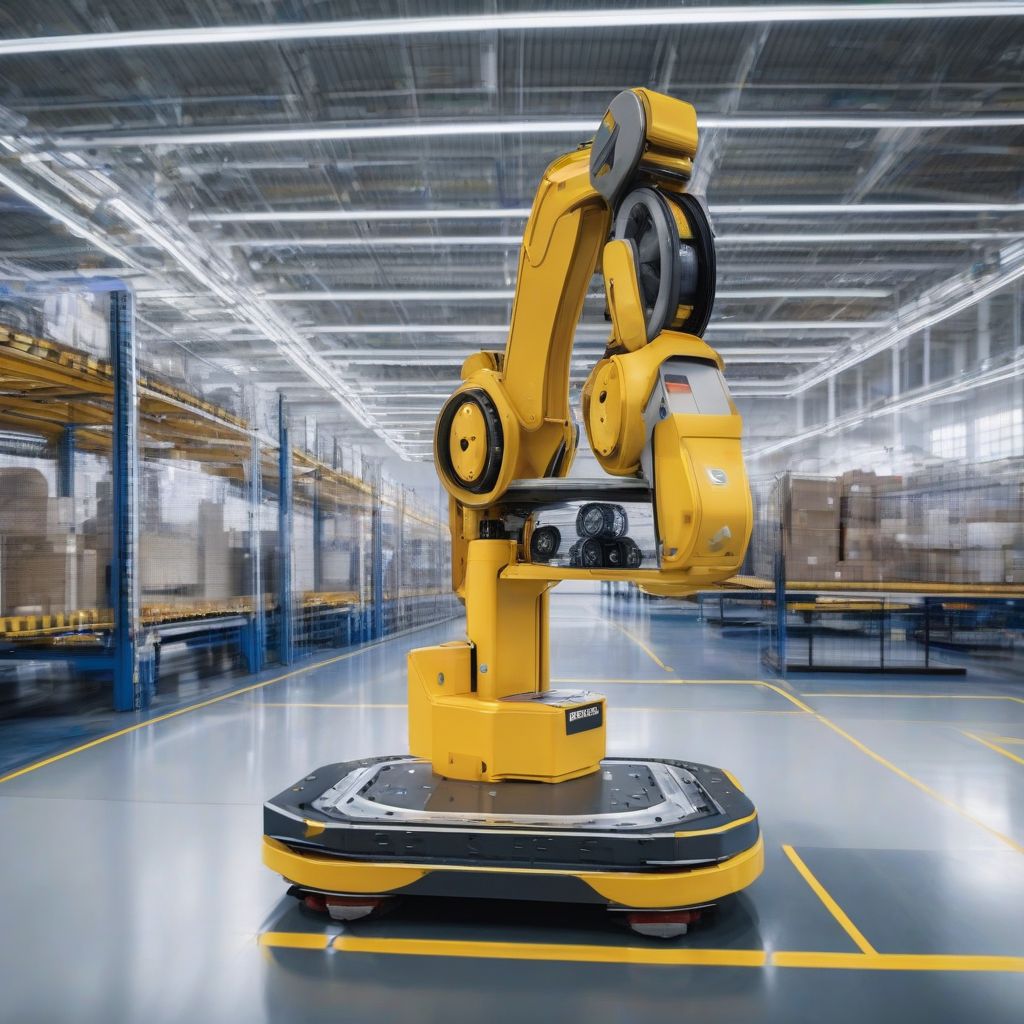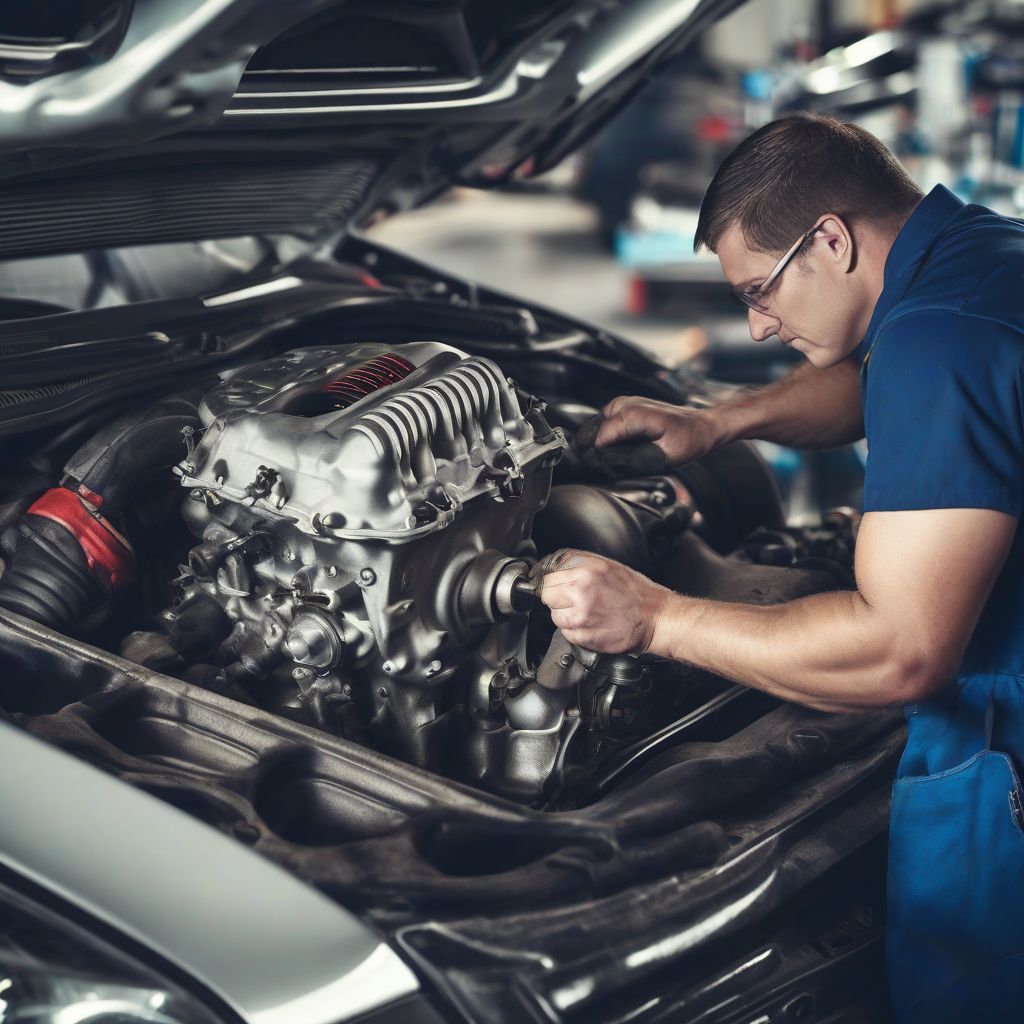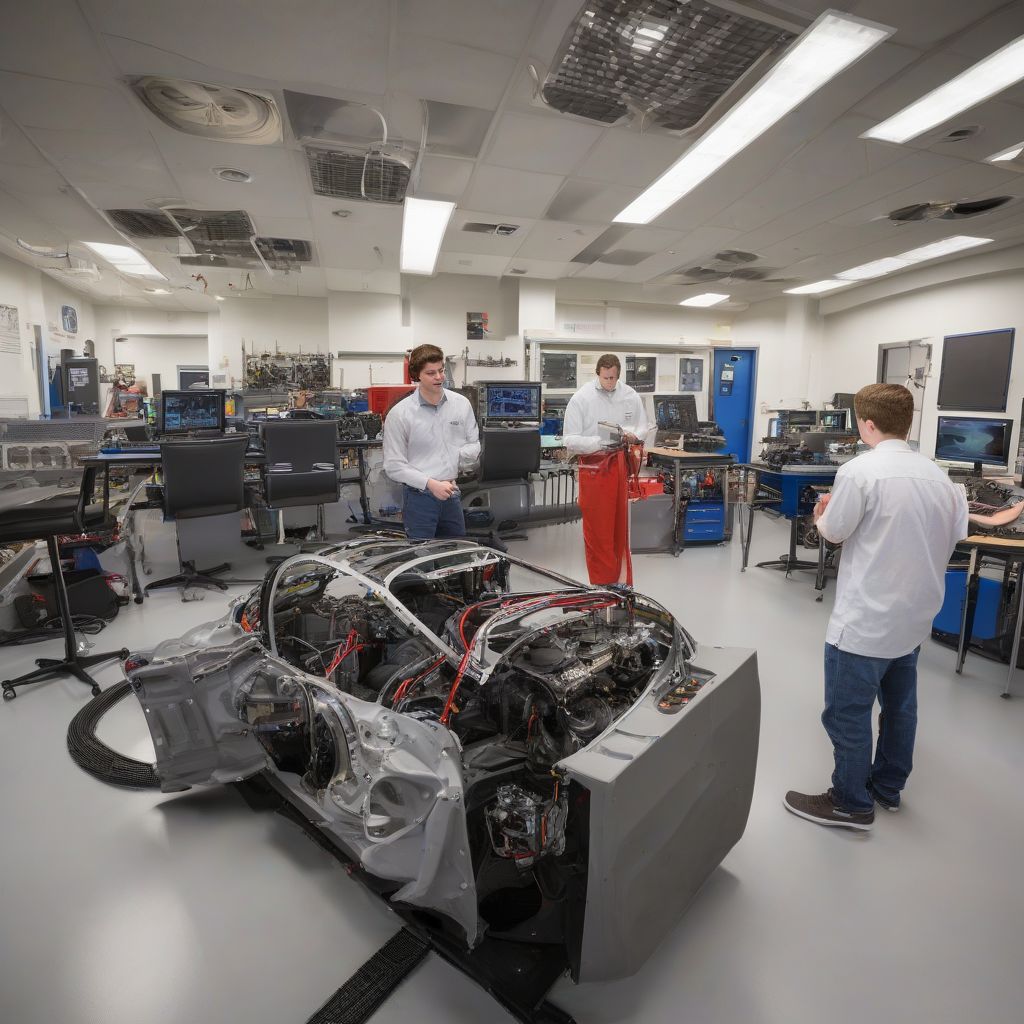The automotive industry is undergoing a massive transformation, driven by automation and the quest for increased efficiency. Within this landscape, “one-way automotive” emerges as a pivotal concept, revolutionizing manufacturing and logistics processes. This article delves into the depths of one-way automotive, exploring its significance, applications, and the future it promises.
Understanding One-Way Automotive
One-way automotive refers to a manufacturing and logistics strategy where materials, components, or vehicles move through the production or delivery process in a single, continuous direction. This linear flow eliminates backtracking, reduces handling, minimizes bottlenecks, and ultimately optimizes efficiency.
Imagine a traditional assembly line where a chassis might move back and forth between stations for different tasks. In a one-way system, the chassis progresses linearly, with specialized stations performing their operations in sequence. This approach streamlines the process, saving time, resources, and costs.
Why is One-Way Automotive Important?
In today’s hyper-competitive automotive market, manufacturers constantly seek an edge. One-way automotive offers a compelling solution:
- Increased Efficiency: By eliminating backtracking and unnecessary movements, one-way systems significantly reduce lead times and increase production output.
- Cost Reduction: Optimized flow translates to lower labor costs, reduced inventory holding expenses, and minimized waste.
- Improved Quality: A streamlined process with clearly defined steps minimizes errors and enhances quality control.
- Enhanced Flexibility: One-way systems can be more readily adapted to changes in production volume or product variations.
Applications of One-Way Automotive
One-way automotive principles are applied across various aspects of the automotive industry:
1. Assembly Line Optimization:
The most prominent application is in vehicle assembly. One-way lines ensure a smooth flow of vehicles through different assembly stages, from body welding and painting to final assembly and inspection.
2. Logistics and Material Handling:
One-way systems are crucial for efficient material handling. Parts and components are delivered to the assembly line “just-in-time,” minimizing storage needs and ensuring a continuous production flow.
3. Vehicle Distribution:
The concept extends beyond manufacturing. One-way logistics networks optimize the delivery of finished vehicles to dealerships, minimizing transportation costs and delivery times.
The Future of One-Way Automotive
As the automotive industry embraces automation and Industry 4.0 technologies, one-way automotive is poised for even greater significance:
- Integration with Smart Factories: One-way systems seamlessly integrate with smart factories, leveraging data analytics, sensors, and interconnected systems to optimize processes in real-time.
- Autonomous Guided Vehicles (AGVs): AGVs are playing a crucial role in implementing one-way systems by transporting materials and components within facilities.
- Data-Driven Optimization: Data collected from one-way systems provide valuable insights for further process improvements and predictive maintenance.
 Autonomous Guided Vehicle in Automotive Plant
Autonomous Guided Vehicle in Automotive Plant
Conclusion
One-way automotive is not merely a trend but a fundamental shift in how the automotive industry operates. By embracing a philosophy of continuous, unidirectional flow, manufacturers can unlock unprecedented levels of efficiency, cost savings, and quality improvements. As technology continues to advance, the principles of one-way automotive will only become more deeply integrated into the fabric of the industry, shaping a future of smarter, more streamlined, and highly efficient automotive manufacturing.



